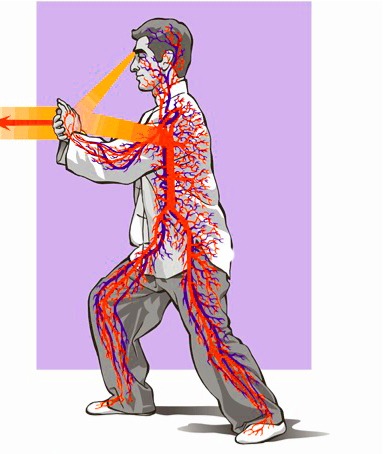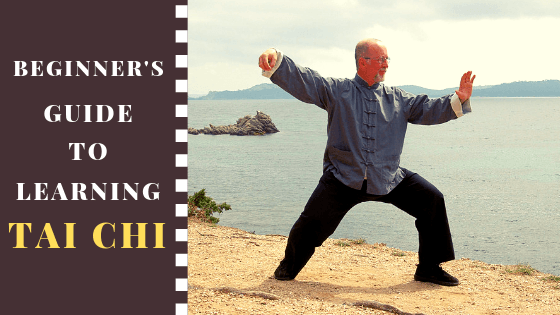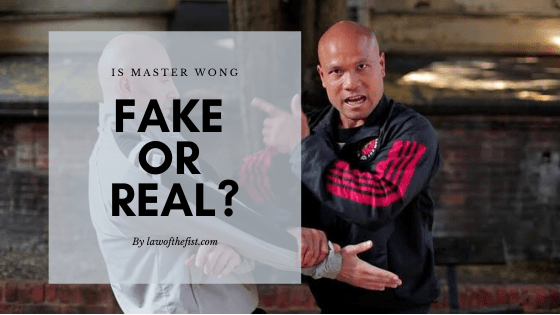쉬운 목차
What is Tai Chi?
Tai Chi is amongst the most ancient martial art forms in human history, its roots are deeply anchored in ancient China. In contemporary days, Tai Chi is considered a softer style which helps in the integration of mind and body.
Sadly, many do not realize the power of Tai Chi – it’s more than just an exercise. There are many positives that you will take away with you from this Tai Chi guide by the time you finish reading it.
Every martial art form works on principles, and Tai Chi is no different. While most of the newer martial art forms are often aggressive and defensive in nature, Tai Chi stands out unique.
Tai Chi revolves around cultivating life energy or qi which flows smoothly and powerfully.
What are the Tai Chi principles?

- Body and Mind Integration – Integrating your mind and body effectively through gaining control over both of them
- Control of body movements – Once you align your mind body together, it’s natural that movements will automatically start to follow
- Breathing calmly – To attain a peace of mind, breathing plays quite an important role, and breathing makes all the difference
- Developing internal energy – If you are well-versed with Ying Yang, you know the power of energy – positive or negative, the basic goal of Tai Chi is to develop internal strength and energy which can later be exercised in the real world
- Attaining mindfulness – Once you internalize calmness & stability, your door to mindfulness opens up. However, this requires patience and a lot of practice.
- Entering the serene – After aligning everything together – a sense of calmness, mindfulness, internal energy, control over body movements, you will experience serenity also known as jing.
Tai Chi principles will help you live in total harmony by integrating your inner and outer self through practice, patience and perseverance. Having learnt about the principles, let us learn about the basic movements in Tai Chi.
Common Tai Chi postures for beginners
There are numerous Tai Chi postures for beginners:
- Rising and Sinking
- Embrace the Circle
- Golden rooster stands on one leg
- Part the horse’s mane
- Brush knee and push
- Repulse the monkey
Rising and sinking
Embrace the circle
Golden Rooster Stands on One Leg
Part the Horse's Mane
Brush Knee and Push
Repluse the Monkey
Basic Movements in Tai Chi
Tai Chi is a complex art form in nature. Thus there’s always more to it than what we can fathom. Virtually, it’s impossible to describe this unique art form as a whole. However, we can always learn what has been taught to generations before us and try to master it.
So let’s focus on the most important Tai Chi movements for beginners:
Basic Stepping: Stepping requires you to transition from one posture to the other swiftly and gently. Usually a part of rolling motion, Tai Chi Basic Stepping requires a low center of gravity while you step and roll your foot so both the feet rest well on the ground.
Raising Power: Often referred to as “Ball of Energy” posture, it requires you to rub hands followed by pulling them apart. After rubbing them again, pull them away and bring it close but do not let them touch, you’ll learn to feel the warmth and energy between the hands upon practicing this motion.
Withdraw and Push: Often referred to as ‘cleanse the body’ posture, Withdraw & Push movement requires you to move forward and backwards emulating a wave. You can begin with placing your left foot in front of your right and putting your weight on the back leg. Put your hands upward in wave motion and try shifting your weight forward in a smooth transition.
Single Whip: A hand movement quite popular while jabbing, striking, whipping or during the massage. To perform single whip, let your palm rest straight with four fingers lightly curving inwards touching your thumb. Extend your front leg and body to the side, move your arms forward and bend the wrist down as you open and close the fingers.
In Tai Chi, the state of the body is like moving water, a flowing river surrounded by tranquillity let loose in a particular direction.
Smooth movements of body parts in cohesion with your mind helps develop internal energy and mental stability. It is through a combination of these elements that we achieve inner strength. There are numerous styles in Tai Chi, popularly Chen, Wu, Yang and Sun, each style quite distinctive to the other.
Health Benefits of Tai Chi
The health benefits of Tai Chi have been documented all across the internet. Numerous research and studies have found that Tai Chi has great amount of health benefits. These benefits include:
- Improves Fitness – When you calm yourself and gain control over your body, you master the art of body functioning. Be it the movement of heart or lungs; you gain necessary control over it
- Develops Muscular Strength – Any form of the physical function is hugely dependent upon our muscular strength. Without strong muscles, complete mundane tasks will feel like moving a mountain. Tai Chi helps develop muscular strength enabling.
- Improves Immunity – When you’re focused on achieving a sound mind and body, every other aspect of your body is practically under control. Tai Chi helps in strengthening the internal self through combination of physical, mental and emotional stability. Remember, “Your immunity is as good as your mental health and physical conditioning.”
- Flexibility – Similar to other popular martial art forms, Tai Chi, improves flexibility. Tai Chi exercises ensure stable blood circulation thereby making body movement fluid. Fluid body movements make way for more flexibility and agility.
- Pain Relief – Movements in Tai Chi help to gather control over balance. Practicing Tai Chi will lower down the risks of injury and will help to prevent falls. If practiced correctly, Tai Chi can help reduce pain and ache due to the active movement of the body which leads to a sound understanding of weight transfer which one achieves through tai chi movements.
How is Tai Chi different from Qigong?
Many people have a misconception that Tai Chi is different from Qigong. In reality, Tai Chi is a part of Qigong. What is Qigong you might ask? It’s a health practice which dates back to more than 2000 years. Tai Chi is the most popular form of Qigong but by far not the only one.
With Thousands of qigong styles practiced all around the globe, the end goal usually revolves around integrating breathing technique with physical posture and focused intention. Even the benefits of Qigong are pretty similar to Tai Chi as it includes improved circulation, strengthening of muscles, improved health rate and maintaining the balance of the body.
Tai Chi as practiced in the western countries is often seen as a stress reduction exercise which involves slow, smooth movements and transition. It is a flowing form of martial arts with sessions ranging between 15-20 minutes to 2 hours.
Tai Chi for self-defense and its criticism
People around the world who perform several martial art forms criticize Tai Chi’s self-defensive mechanism. Various publications have come out lashing about Tai Chi’s inability to work in any street hassle. For critics, Tai Chi is a soft art form as it does no good when it comes to self-defense. However, several Tai Chi experts have stood firm and dismissed the criticism by emphasizing on the power of internal strength.
As nicely put forward by TaijiWorld, “There’s no possible way to defend yourself and not harm the opponent”. Most people consider Tai Chi to be a soft martial art and it does not deserve this title as most of the people aren’t fully aware of the art of Tai Chi self-defense.
Conclusion
While Tai Chi does have its fair share of critics, there is no denying the fact that it is one of the most effective martial art forms. If you want to attain serenity through a cohesive mind and body, you need to look no further than Tai Chi. This ancient Chinese martial arts practice is quite capable of making you fit, healthy and sound by both mind and body.
All you have to do is to be patient and practice Tai Chi with perseverance. You are not going to change everything overnight. However, with regular practice and consistency, you will feel the results within the first three months.


